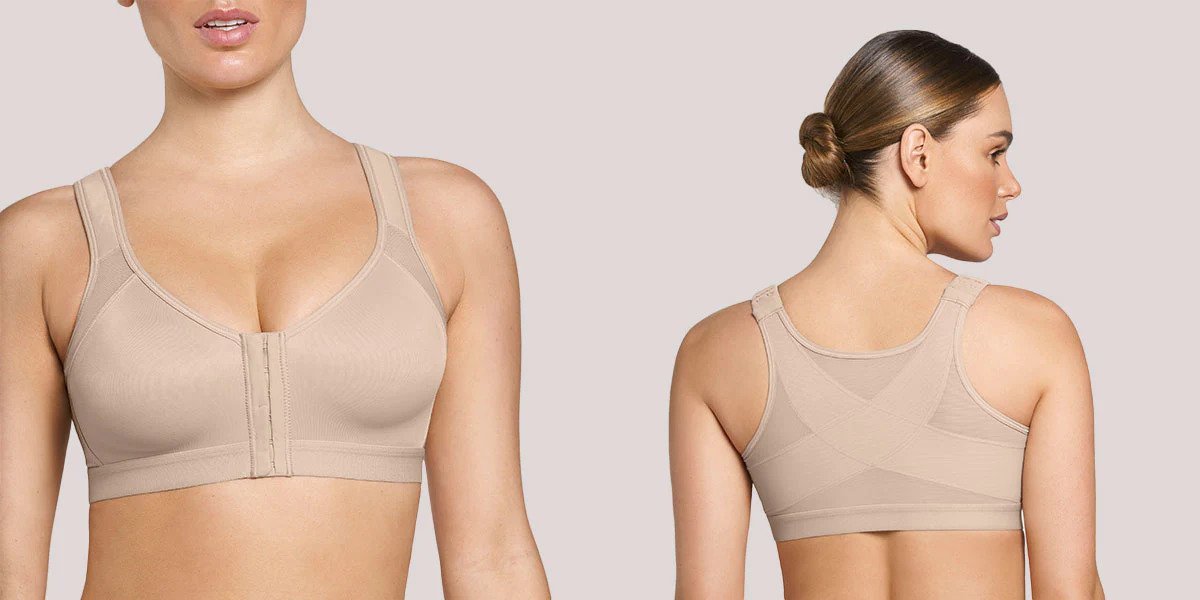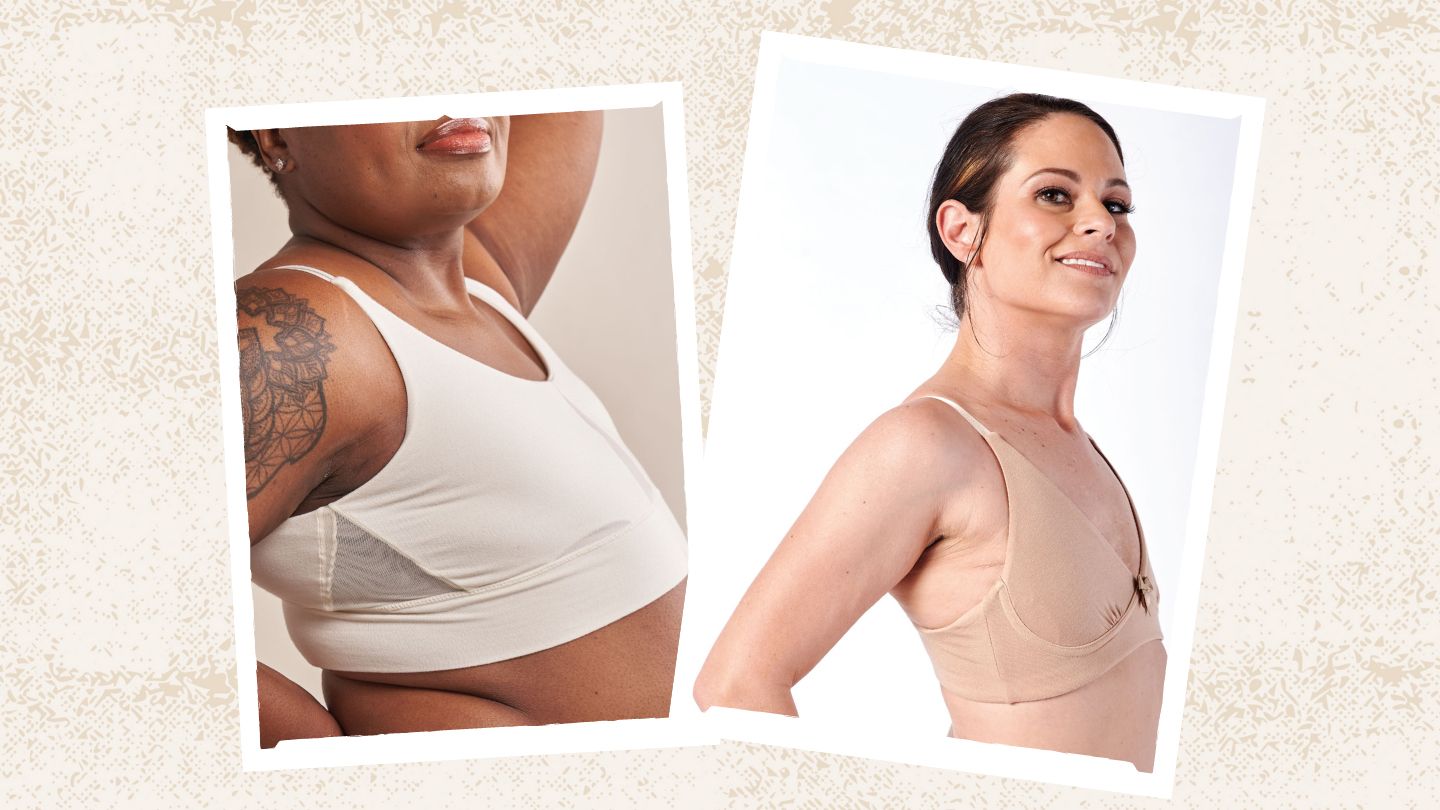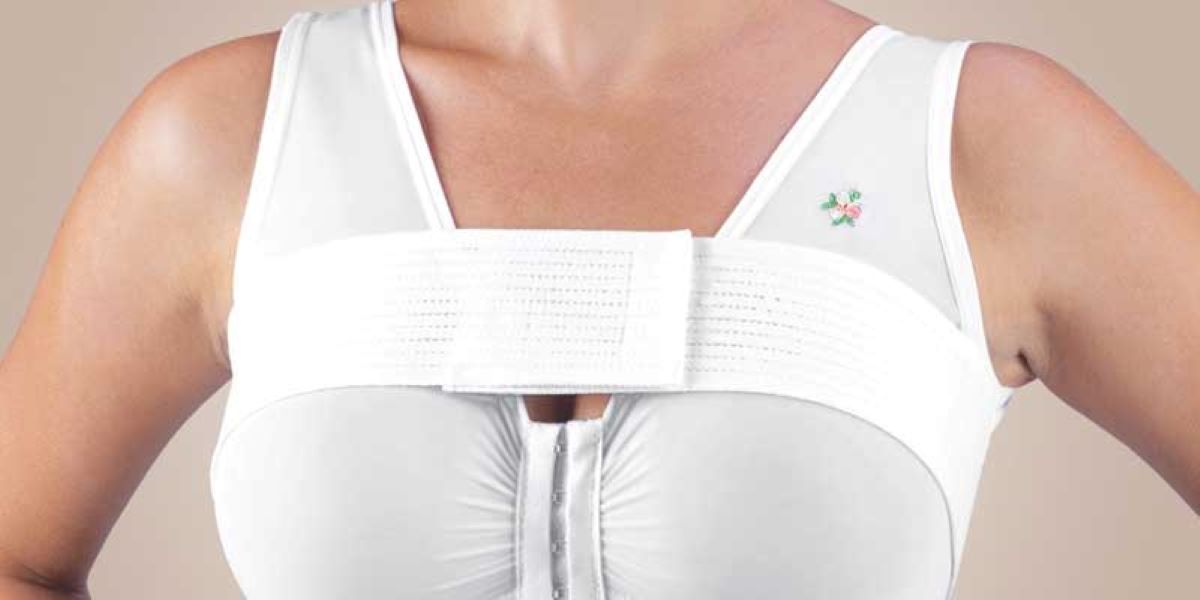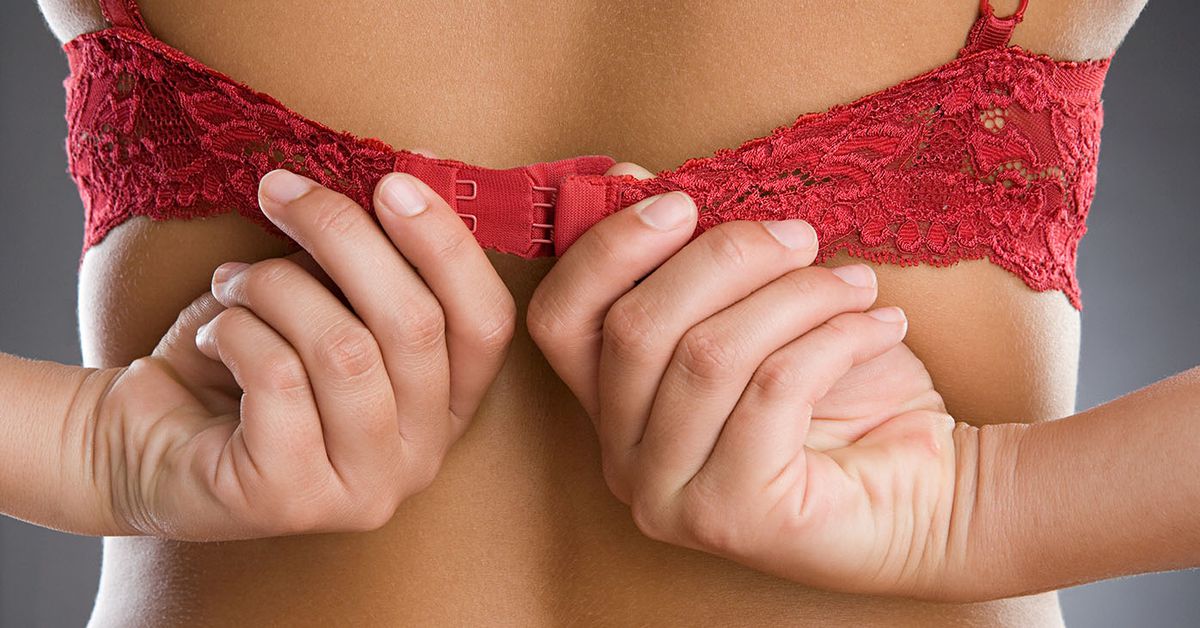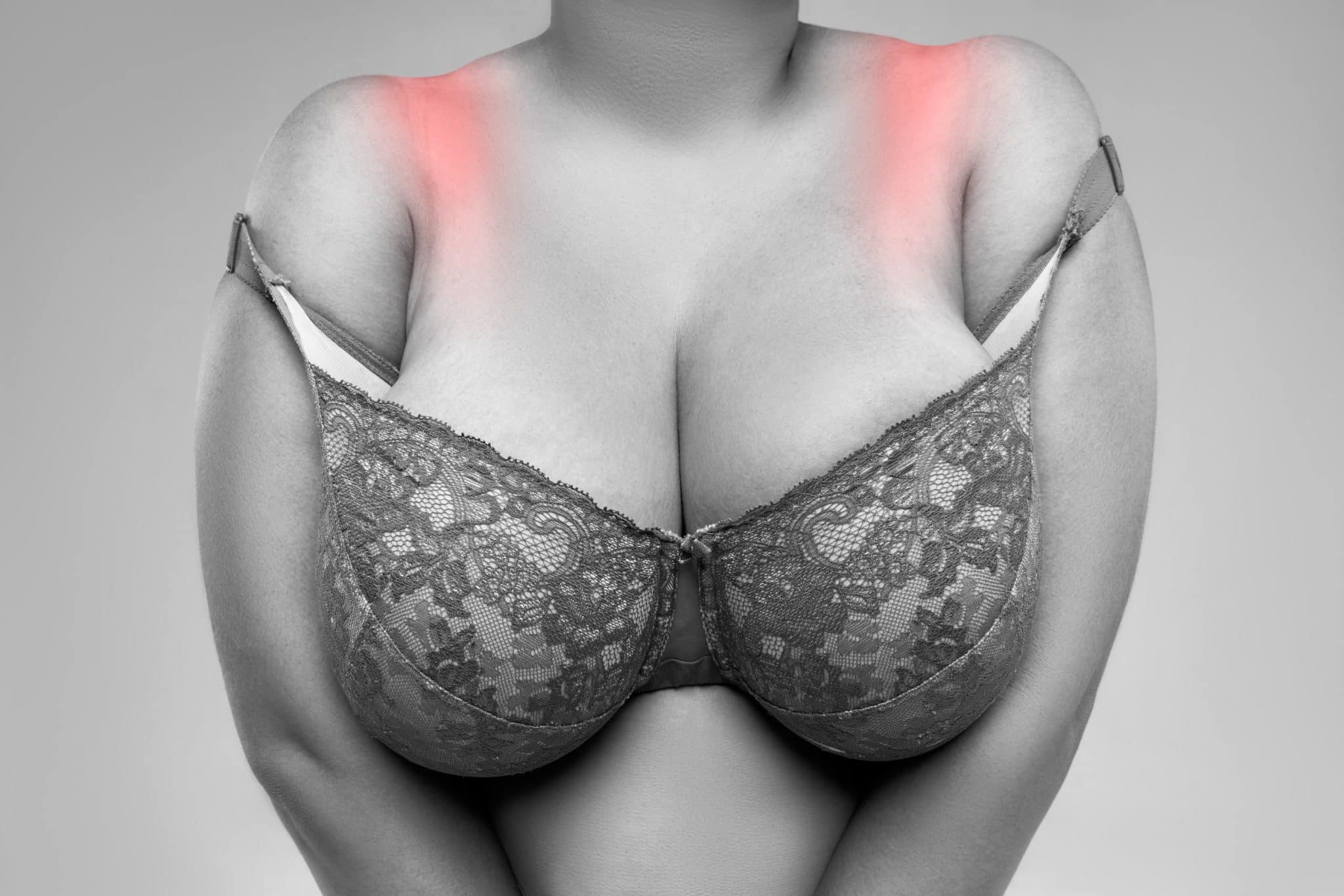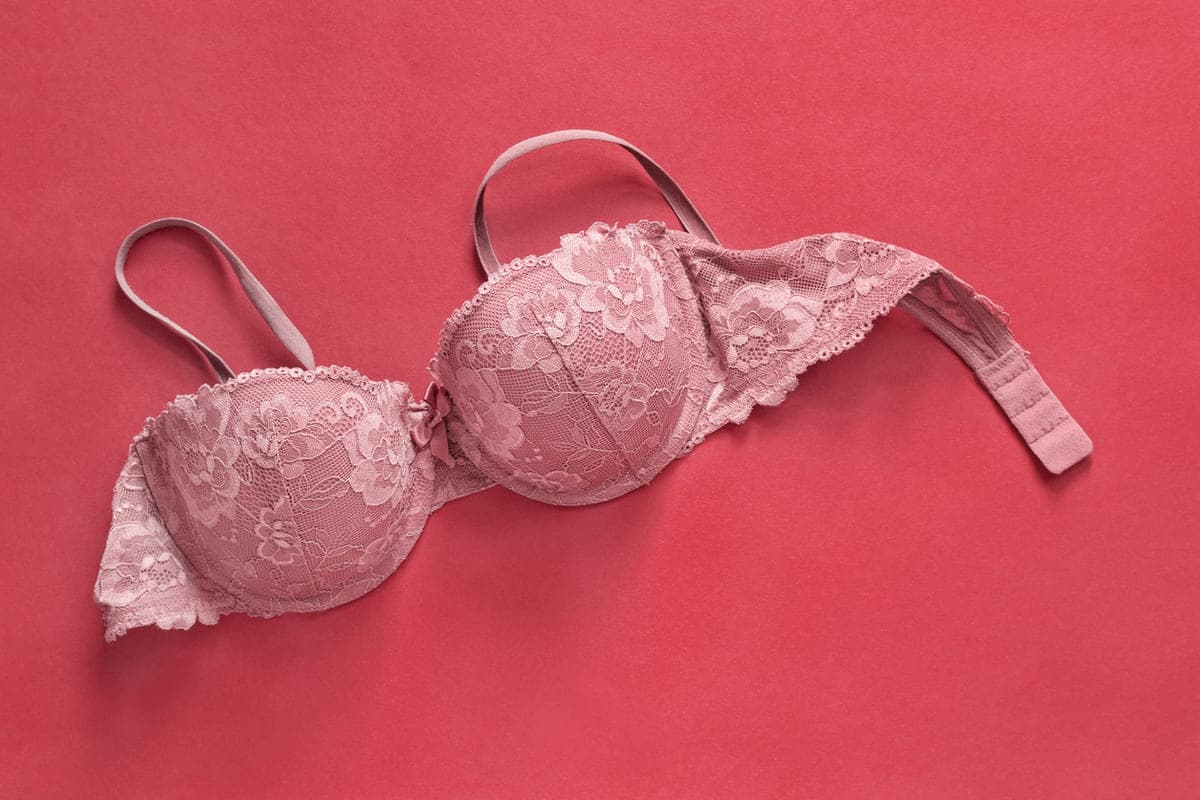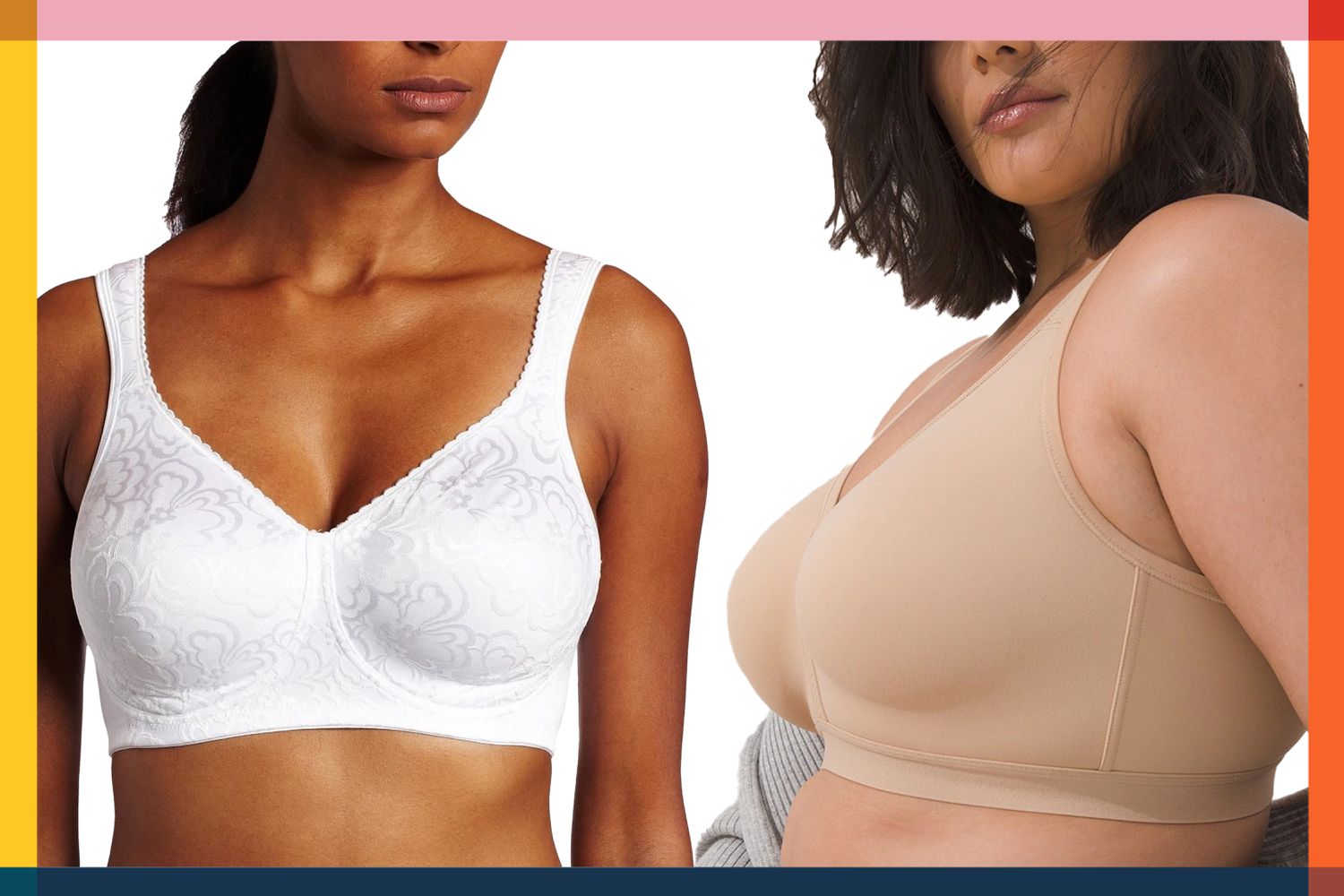Home>Women's Underwear>Bras>Why Are My Breast Sore After Taking Off Bra
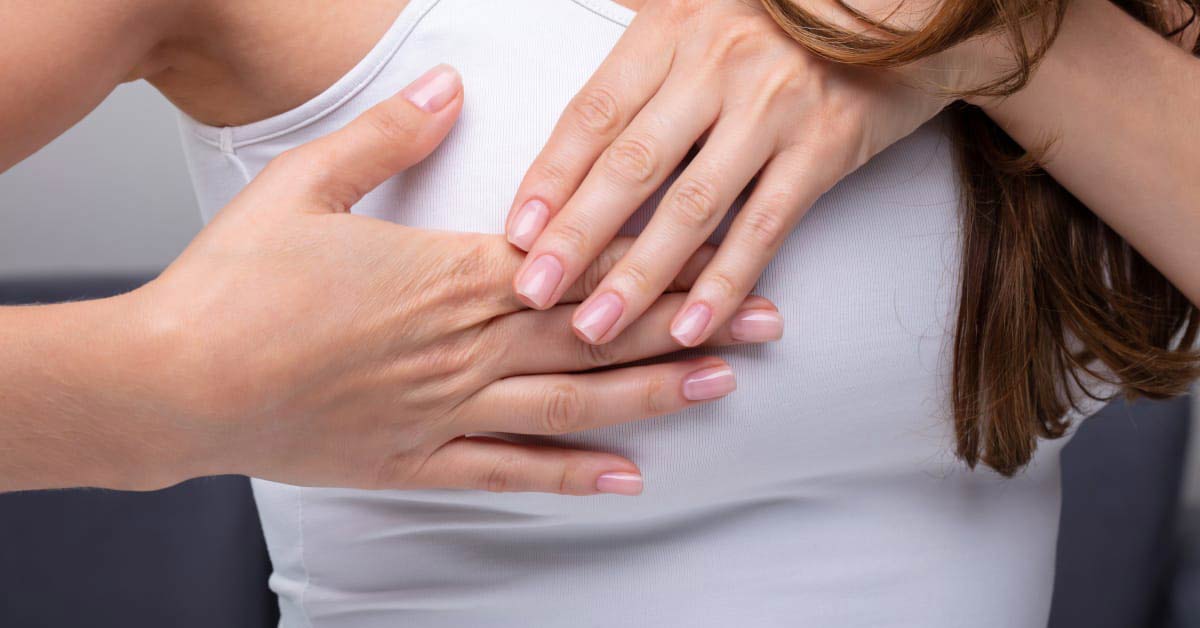

Bras
Why Are My Breast Sore After Taking Off Bra
Published: July 31, 2023
Find out why your breasts may be feeling sore after removing your bra and learn how to alleviate discomfort. Discover helpful tips and solutions for bra-related breast sensitivity.
(Many of the links in this article redirect to a specific reviewed product. Your purchase of these products through affiliate links helps to generate commission for Under-tec.com, at no extra cost. Learn more)
Table of Contents
Introduction
Are you experiencing breast soreness after taking off your bra? You’re not alone. Many women have noticed this discomfort and wondered what might be causing it. In this article, we will explore the various factors that can contribute to breast soreness after removing your bra and provide helpful tips to alleviate this discomfort.
Our breasts are a complex and sensitive part of our bodies. Understanding their anatomy and how they can be affected by bras is essential to addressing any discomfort we may experience. The way we choose and wear bras, as well as certain conditions, can all impact how our breasts feel once our bras are removed.
It’s important to note that breast soreness after removing a bra can be completely normal, especially during certain times in our menstrual cycles or pregnancy. However, persistent or severe breast soreness should not be ignored, as it could indicate an underlying issue that requires medical attention.
In the following sections, we will delve deeper into the anatomy of the breasts, explore how bras can affect breast health, discuss the possible causes of breast soreness after taking off a bra, and provide you with useful tips to mitigate this discomfort. Remember, the information provided in this article is not a substitute for professional medical advice. If you have any concerns about your breast health, it’s always best to consult with a healthcare provider.
Anatomy of the Breasts
Before diving into the causes of breast soreness after removing your bra, it’s important to understand the basic anatomy of the breasts. The breasts are composed of glandular tissue, fatty tissue, and connective tissue, all enclosed within a layer of skin.
At the center of each breast is the nipple, surrounded by a darker area called the areola. The areola contains small bumps called Montgomery’s glands, which secrete an oily substance to keep the nipple and areola moisturized and protected.
Inside the breasts, there are lobes consisting of smaller structures called lobules. These lobules produce milk during lactation. Milk is transported through tiny ducts that converge into larger ducts, eventually reaching the nipple.
Throughout the breast tissue, there are also blood vessels, lymphatic vessels, and nerves. The lymphatic vessels play a vital role in draining excess fluids and waste products from the breasts, helping to maintain their health.
Beneath the breast tissue, there are muscles known as the pectoral muscles. These muscles provide support to the breasts and are responsible for various movements of the arms and shoulders.
It’s worth mentioning that breast size and density can vary significantly among individuals. Breasts come in different shapes, sizes, and firmness due to differences in glandular and fatty tissue distribution. Factors such as genetics, hormonal fluctuations, age, and overall body composition can all influence breast size and shape.
Now that we have a basic understanding of breast anatomy, let’s explore how wearing a bra can impact the health and comfort of our breasts.
How Bras Can Affect Breast Health
Bras are not just a fashion accessory; they serve an important purpose in providing support and shaping our breasts. However, the way we choose and wear bras can have an impact on our breast health and comfort.
One of the primary functions of a bra is to provide support to the breasts, helping to reduce strain on the ligaments and skin. This is particularly important for women with larger breasts, as inadequate support can lead to sagging and discomfort. A well-fitting bra can distribute the weight of the breasts more evenly, reducing the risk of long-term issues.
However, wearing bras that are too tight or ill-fitting can have negative consequences. Tight bras can restrict the circulation and lymphatic flow in the breasts, potentially leading to discomfort, swelling, and even breast pain. Additionally, overly tight bras can cause friction and irritation on the skin, resulting in redness, rashes, or chafing.
On the other hand, wearing a bra that is too loose or lacks proper support may not provide the necessary lift and hold, leading to poor posture and increased strain on the breast tissues. This can contribute to breast soreness when the bra is removed.
Another aspect to consider is the material of the bra. Bras made from synthetic materials can trap heat and moisture, creating an environment conducive to bacterial growth and skin irritation. Opting for bras made from breathable fabrics, such as cotton or moisture-wicking materials, can help reduce these issues and keep the breasts dry and comfortable.
It’s essential to strike a balance between comfort and support when choosing a bra. Getting professionally fitted by a bra specialist can help ensure you’re wearing the right size and style for your unique body shape and lifestyle. Proper bra maintenance, including regular washing and replacing worn-out bras, is also important for maintaining breast health and comfort.
Now that we understand the potential impact of bras on breast health, let’s explore some of the reasons why you may experience breast soreness after removing your bra.
Causes of Breast Soreness After Taking Off Bra
Experiencing breast soreness after removing your bra can be attributed to various factors. While it may be normal in some cases, it’s essential to identify the underlying causes to address any potential issues.
One common cause is friction. The constant rubbing and movement of the bra against the delicate breast tissue can lead to irritation and soreness. This is especially true if the bra is ill-fitting or made from rough materials. Opting for bras with smooth, soft fabrics and ensuring they fit properly can help reduce friction-related breast soreness.
Another possible cause is breast congestion. Wearing a bra for an extended period, especially if it’s too tight, can compress the breast tissues and restrict blood flow and lymphatic drainage. This can result in swelling, tenderness, and discomfort. Allowing your breasts to breathe and massaging them gently after removing the bra can help alleviate congestion-related soreness.
Hormonal changes can also play a role. During certain phases of the menstrual cycle, such as the premenstrual or luteal phase, breast tissue may become more sensitive and prone to soreness. This can be intensified when wearing tight bras that further compress the already tender breasts. Keeping track of your menstrual cycle and adjusting your bra size or opting for more comfortable bra styles during this time can help ease discomfort.
Pregnancy can also contribute to breast soreness after removing a bra. Hormonal changes and increased blood flow to the breasts during pregnancy can result in breast enlargement, tenderness, and sensitivity. It’s important to wear properly fitting maternity bras that provide adequate support and accommodate the changes in size and shape. Consulting with a bra specialist who specializes in maternity bras can help ensure a comfortable fit.
Additionally, certain underlying breast conditions can cause breast soreness. For example, fibrocystic breast changes, which are noncancerous lumps or areas of thickened breast tissue, can lead to breast pain and tenderness. Hormonal fluctuations and wearing tight bras can exacerbate these symptoms. Other conditions such as mastitis, an infection of the breast tissue, or breast abscesses can also cause breast soreness. If you suspect a breast condition may be the cause of your discomfort, it’s essential to seek medical evaluation and guidance.
Now that we’ve explored the potential causes of breast soreness after removing your bra, let’s move on to some tips for reducing this discomfort.
Common Conditions that Can Contribute to Breast Soreness
While breast soreness after removing your bra can often be attributed to factors like friction, hormonal changes, or breast congestion, there are also certain conditions that can contribute to this discomfort. Understanding these conditions can help you identify potential underlying causes and seek appropriate medical attention if needed.
One common condition is mastalgia, which refers to breast pain or tenderness. Mastalgia can be categorized into cyclic or non-cyclic mastalgia. Cyclic mastalgia is related to hormonal changes and tends to occur in correlation with the menstrual cycle. Non-cyclic mastalgia, on the other hand, is not dependent on hormonal fluctuations and can be caused by factors such as injury, infection, or medication side effects.
Fibrocystic breast changes, also known as fibrocystic breasts, are another common condition that can contribute to breast soreness. This condition is characterized by the formation of benign lumps or cysts in the breast tissue. These lumps can be tender and may fluctuate in size throughout the menstrual cycle. Wearing a bra that provides proper support and avoiding caffeine and nicotine, which can exacerbate symptoms, may help alleviate the discomfort associated with fibrocystic breasts.
Mastitis is a breast infection that can cause breast soreness, redness, warmth, and swelling. It typically occurs in breastfeeding women but can also affect women who are not breastfeeding. Mastitis can be caused by bacteria entering the breast tissue through a cracked or sore nipple, leading to inflammation and infection. Treatment typically involves antibiotics and measures to improve milk flow and drainage. If you suspect mastitis, it’s important to consult with a healthcare professional for proper evaluation and treatment.
In some cases, breast abscesses can also contribute to breast soreness. An abscess is a pus-filled pocket that forms in the breast tissue. It can develop as a complication of mastitis or other bacterial infections. Breast abscesses often require medical intervention, such as drainage and antibiotics, to heal. If you suspect a breast abscess, it’s crucial to seek medical attention promptly.
It’s important to note that while most breast soreness is non-cancerous in nature, breast cancer can also cause breast pain in some cases. However, breast pain is rarely the only symptom of breast cancer, and there are usually other signs, such as lumps, changes in breast appearance, or nipple discharge. If you have any concerns about breast cancer or notice any unusual changes in your breasts, it’s essential to consult with a healthcare professional for further evaluation and peace of mind.
Now that we’ve explored some common conditions that can contribute to breast soreness, let’s move on to some useful tips for reducing this discomfort.
Tips for Reducing Breast Soreness
If you experience breast soreness after removing your bra, there are several tips and strategies you can try to help alleviate the discomfort. While these may not work for everyone, they can provide relief in many cases.
1. Wear a well-fitting bra: Opt for bras that provide proper support and allow for comfortable movement. Getting professionally fitted by a bra specialist can ensure you’re wearing the correct size and style for your body. Avoid bras that are too tight or restrictive, as they can contribute to breast soreness and discomfort.
2. Choose soft and breathable fabrics: Look for bras made from gentle and breathable materials, such as cotton or moisture-wicking fabrics. These materials help reduce friction and irritation, keeping your breasts comfortable and dry throughout the day.
3. Avoid underwire bras: Underwire bras can sometimes put excessive pressure on the breast tissue, leading to discomfort. Consider opting for bras without underwire or try bras with softer, wire-free designs that still provide support.
4. Take breaks from wearing a bra: Allowing your breasts to breathe can be beneficial. If possible, take short breaks from wearing a bra throughout the day, especially if you’re at home or in a comfortable environment. This can help minimize compression and give your breasts a rest.
5. Practice gentle breast massage: Massaging your breasts gently can help improve circulation and lymphatic drainage, reducing congestion and soreness. Use circular motions and light pressure while massaging, and consider using natural oils like coconut oil for added comfort.
6. Apply heat or cold packs: Depending on what provides relief for you, applying a warm compress or cold pack to your breasts can help alleviate soreness. Experiment with both methods to see which one works best for you.
7. Manage hormonal changes: If your breast soreness is related to hormonal fluctuations, consider managing these changes through lifestyle modifications. Regular exercise, a balanced diet, stress management techniques, and hormonal contraceptive methods (if appropriate) can help balance hormone levels and reduce breast soreness.
8. Maintain a healthy weight: Excess weight can put additional strain on the breast tissue, contributing to discomfort. Maintaining a healthy weight through a balanced diet and regular exercise can help reduce the load on your breasts and alleviate soreness.
9. Stay hydrated: Drinking an adequate amount of water can help maintain breast tissue health and prevent dehydration-related breast soreness. Aim to drink at least eight glasses of water per day and stay hydrated throughout the day.
If your breast soreness persists or becomes severe and disruptive to your daily life, it’s important to consult with a healthcare professional. They can evaluate your symptoms, rule out any underlying conditions, and provide appropriate guidance and treatment.
Remember, every woman’s body is unique, and what works for one person may not work for another. Be patient and willing to try different strategies until you find what brings you relief from breast soreness.
Now that we’ve explored various tips for reducing breast soreness, let’s discuss when it might be necessary to seek medical advice.
When to See a Doctor
While breast soreness after removing your bra is often normal and nothing to be overly concerned about, there are certain circumstances where it is advisable to seek medical advice. It’s important to listen to your body and be aware of any changes or symptoms that may warrant further evaluation. Here are some indicators that it may be time to see a doctor:
1. Persistent or severe breast soreness: If your breast soreness persists for an extended period or becomes increasingly severe, it’s important to consult with a healthcare professional. This is especially true if the soreness is interfering with your daily activities or causing significant distress.
2. Unexplained lumps or changes in breast texture: If you notice any new lumps or changes in the texture of your breasts, it’s essential to have them evaluated by a doctor. While most breast lumps are non-cancerous, it’s important to rule out any potential concerns and ensure early detection and treatment if necessary.
3. Nipple discharge or changes in nipple appearance: If you experience nipple discharge (other than breast milk during pregnancy or breastfeeding) or notice any changes in the appearance of your nipples, including redness, scaling, or inversion, it’s important to have them assessed by a healthcare professional.
4. Breast redness or inflammation: If your breasts appear red, swollen, or inflamed, it could be a sign of an infection or other underlying condition. Seek medical advice promptly to determine the cause and initiate appropriate treatment.
5. Breast pain accompanied by other symptoms: If your breast soreness is accompanied by other concerning symptoms such as unexplained weight loss, fatigue, or fever, it’s important to consult with a healthcare professional for further evaluation and to rule out any systemic issues.
Remember, it’s always better to err on the side of caution and seek medical advice if you have any doubts or concerns about your breast health. Your healthcare provider can perform a thorough evaluation, order any necessary tests or imaging, and provide guidance and treatment specific to your situation.
Now that we’ve discussed when it might be necessary to see a doctor, let’s summarize the key points we’ve covered in this article.
Conclusion
Breast soreness after removing your bra is a common occurrence for many women. Understanding the anatomy of the breasts, how bras can affect breast health, and the various factors that can contribute to breast soreness is essential to address any discomfort we may experience. While some breast soreness is normal, it’s important to be aware of potential underlying causes and seek medical attention when necessary.
Choosing well-fitting bras made from soft, breathable materials can help reduce friction and irritation on the breast tissue. Taking breaks from wearing a bra, practicing gentle breast massage, and applying heat or cold packs can also provide relief. Managing hormonal changes, maintaining a healthy weight, and staying hydrated are additional measures that can contribute to breast comfort.
However, if breast soreness persists, becomes severe, or is accompanied by other concerning symptoms, it’s crucial to consult with a healthcare professional. They can evaluate your specific situation, rule out any underlying conditions, and provide appropriate guidance and treatment.
Remember that every woman’s body is unique, and what works for one person may not work for another. Be patient, listen to your body, and prioritize your breast health.
By understanding the factors that contribute to breast soreness, adopting strategies for comfort, and seeking medical attention when necessary, you can take proactive steps to ensure the well-being of your breasts. Take care of yourself and embrace the comfort and confidence that comes with properly caring for this important part of your body.
